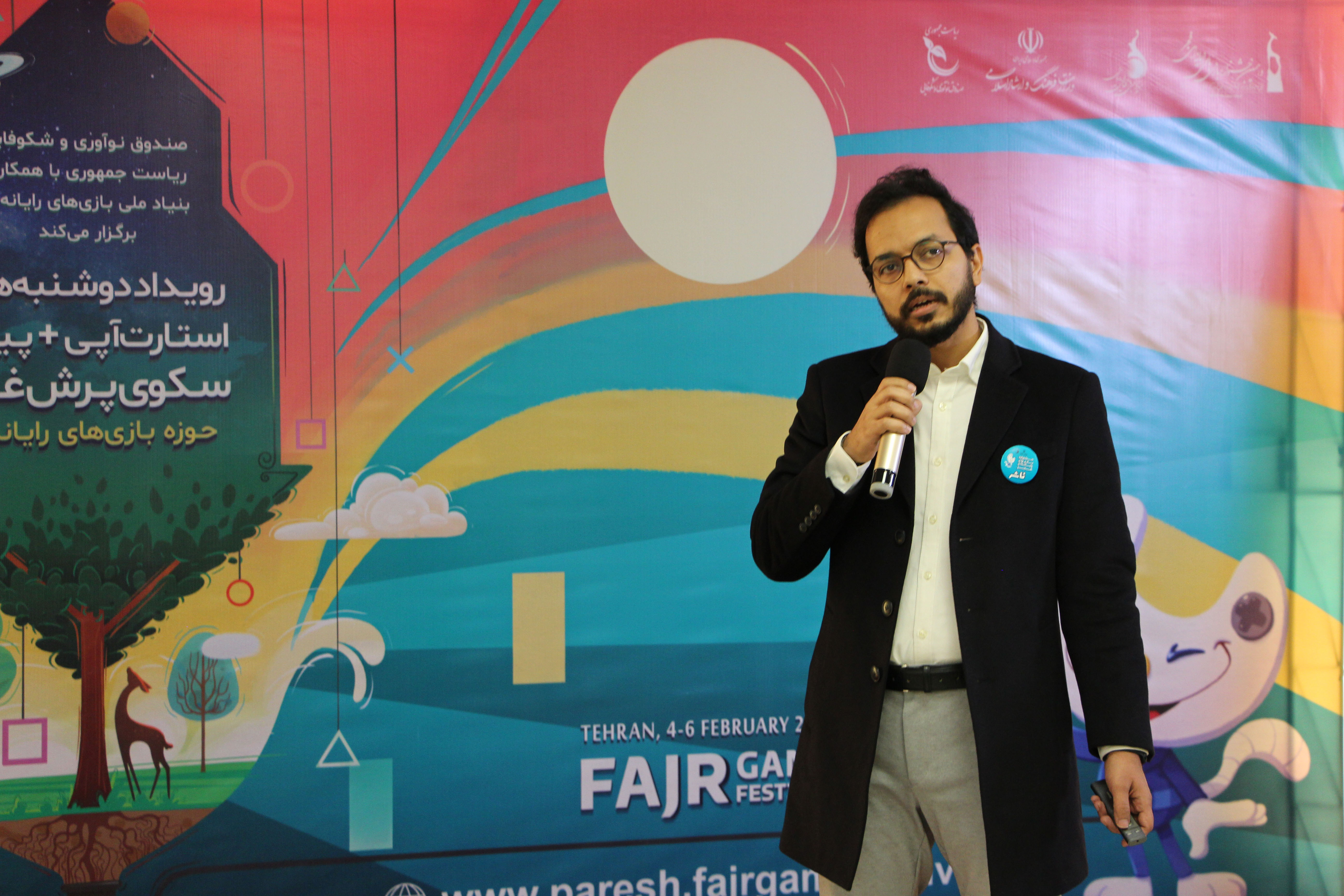


According to the Communication Unit of the Iran Video Games Foundation, Ali Nadalizadeh presented a report on his 15-year presence in the Iranian gaming industry and the publication of more than 25 game titles at the "TAD" studio. He continued his speech by asking which teams and games are suitable for investment, saying: "If I want to invest in publishing a game, I pay attention to three points: the market, the game development team, and the product." He added: "According to the latest survey by the Iran Video Games Foundation in the field of game consumption, 40 percent of Iranian users use console and PC platforms for games. But we do not have any specific revenue generation from this area, and this market is a lost opportunity for us." Nadalizadeh clarified: "In the business model of games, we are faced with the issue that mobile games are distributed for free and about 2 to 4 percent of the users of these games have in-app payments." Advertising is another source of income for games, and a number of other games also use a subscription payment model for their users. But the majority of income comes from in-app payments and subscriptions, and the interesting thing is that the ratio of the two is very dependent on the style and genre of the game
The executive director of the studio "Tod" continued: "A game is a consumer product, and after a while, its user leaves it and uses another game. Games grow by going to other regions, countries, and cultures. That is, if we see the goal of a game only for Iran, we are always behind a service startup. The competitive advantage of a game is seen in the place where it can be localized and translated into other languages. Another important point about games and their business model is that games are easy to distribute, and attracting users for a game costs, on average, perhaps one-tenth of a functional application, and attracting users is easier for them